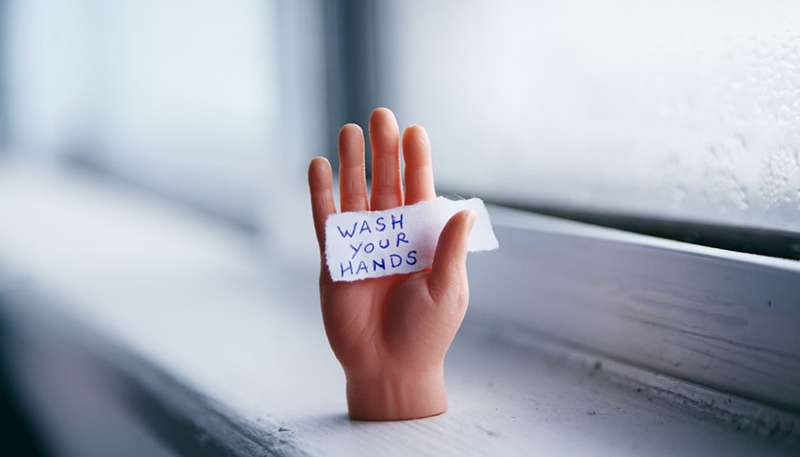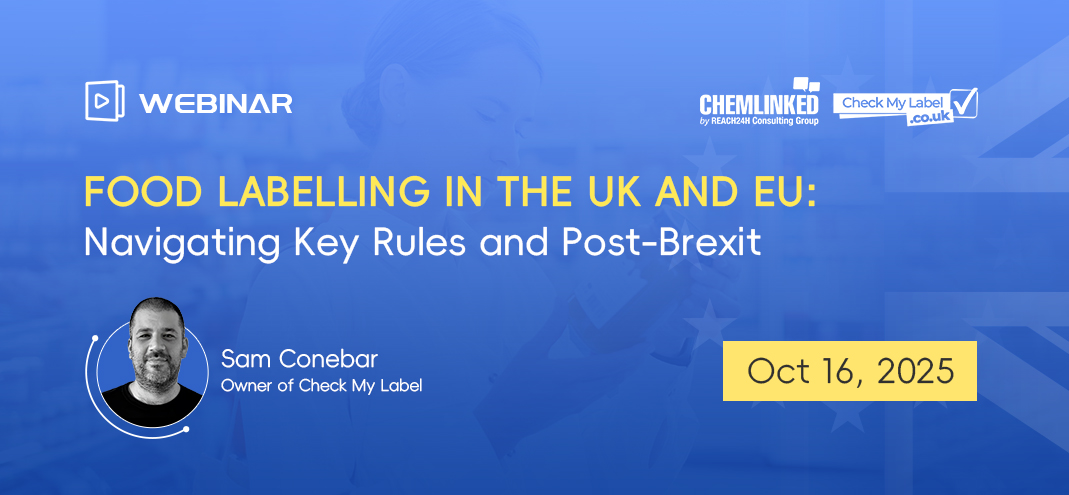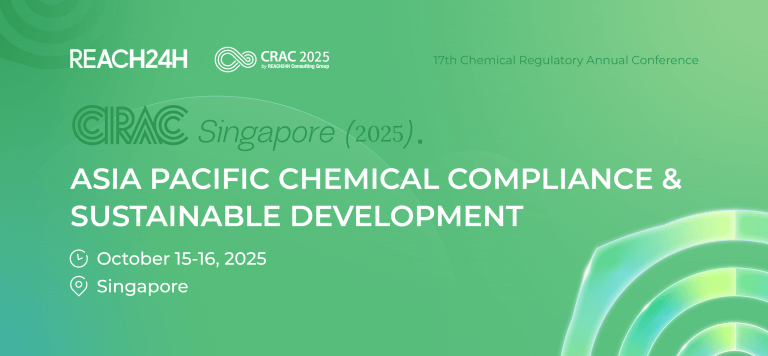Suppose that the demand and usage rates of hygiene products are 10% prior to this pandemic – how about now? If 90% of people are using them, perhaps this demand will not revert to 10% even if this situation is terminated, and instead converge somewhere between 10 and 90. Therefore the market in this field has not only expanded, but its sustainability can be guaranteed. Even though the vaccine is being rolled out globally, the timeline is yet unclear. With some countries receiving vaccines before others, what strategies will international beauty companies need to take to ensure marketability in all areas? One thing that health professionals agree on is that this pandemic will not be going away soon. At this early stage of vaccination, nothing has been clearly defined. So, in the long term, international beauty companies must focus on online viral strategies with their distinctive core values. Secondly, they must continue to build credibility. Consumers have begun to strengthen their online verification process even further as they cut offline consumption and moved to the web. At this time, you can no longer use tester products at in-person stores, so you have to explore new products and decide the purchase through reviews of various platforms and related content on YouTube, Instagram, TikTok and etc. Claims and praise that lack authenticity or supporting data have little to no impact in the COVID era. With a clear focus on both of these strategies, brands will continue to strengthen and progress their online communication. In your opinion, what has been the biggest learning for the beauty industry over the course of the pandemic? I’d like to point out the ‘diversity & flexibility’ within the beauty industry is what makes the difference. During the pandemic, business has suffered, particularly companies specialising in makeup products, in-person stores and limited exporting. With that in mind, if target audiences, product categories, distribution channels and exporting countries are diverse, it is much easier to cope with industrial, political, geographical and other uncertainties. Adaptation to rapid change is also key. Companies that quickly detected and responded to changes in markets, during the early phase of the pandemic, either minimised damages or generated profits. While traditional conglomerates were busy trying to devise strategies, niche brands dominated the market through rapid changes. What is your outlook on the beauty market, specifically K-beauty, in 2021? As mentioned earlier, the importance of diversity and flexibility in the Korean cosmetics market will increase in the future and the safety and reliability of products will be emphasised. For the time being, companies will be on the testbed for quick response and change, and consumers will make sure they’ve thoroughly checked everything. In addition to this, from 2020 Korea has introduced the world’s first regulation for “Customised Cosmetics”. Although it has not received much attention so far due to the pandemic, it will move people towards pursuing ‘one’s own product’, which ultimately is the aim of each and every consumer. In the long run, the life span of traditional popular brands will be shortened and the launch of new niche brands with distinctive philosophy will accelerate further. K-Beauty exports have continued to grow in 2020 and has once again broken its annual record. This is because K-Beauty is synonymous with “fast”, “new”, “changing” and “challenging” values based on current market conditions, and moreover, future values. Therefore, in 2021, even if COVID-20 comes, it will continue to create values that matches the fickle market. Like a variant of the virus.The market in this field has not only expanded, but its sustainability can be guaranteed.
Reference Link: in-cosmetic connect






